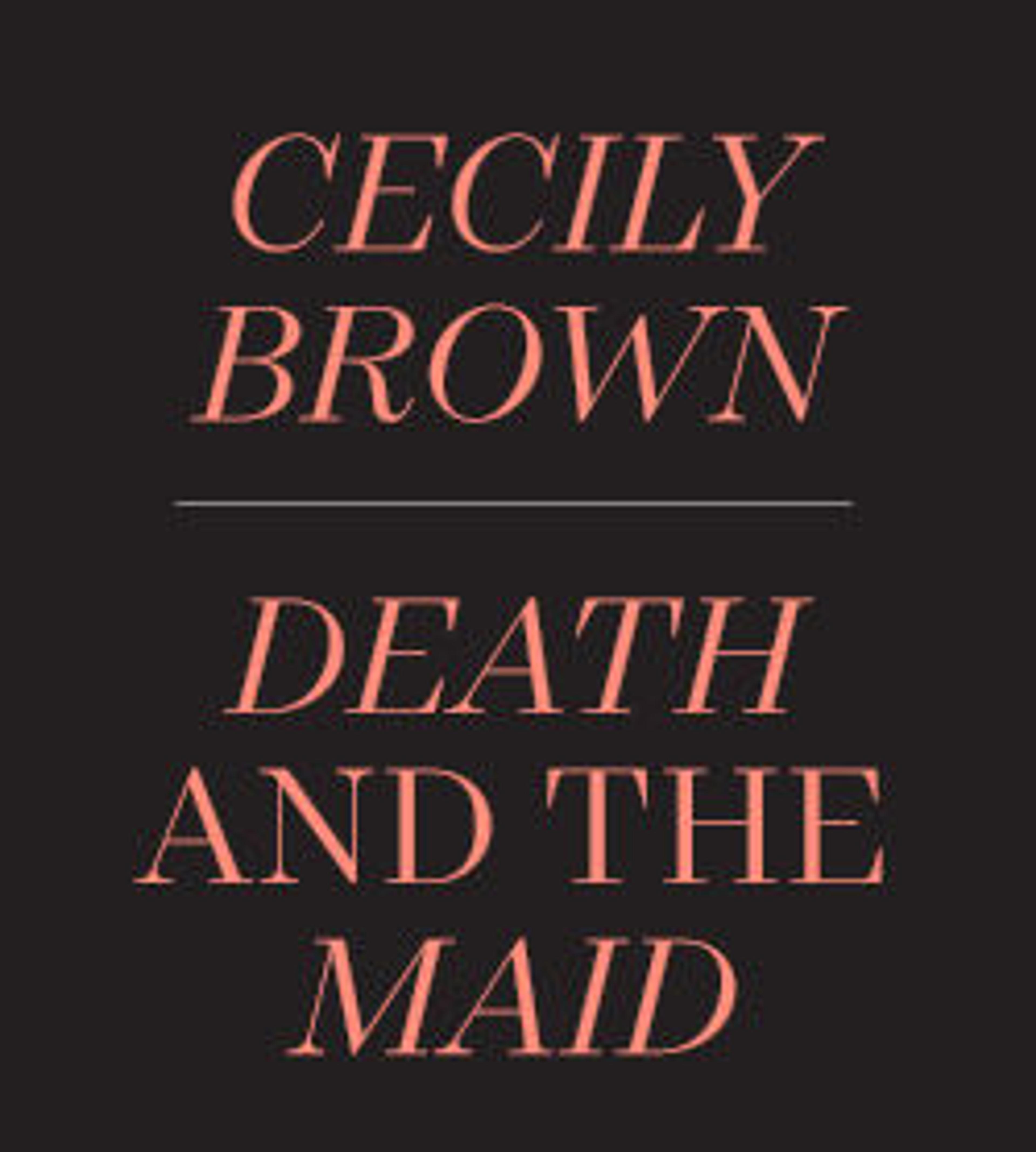Samson Captured by the Philistines
Artwork Details
- Title: Samson Captured by the Philistines
- Artist: Guercino (Giovanni Francesco Barbieri) (Italian, Cento 1591–1666 Bologna)
- Date: 1619
- Medium: Oil on canvas
- Dimensions: 75 1/4 x 93 1/4 in. (191.1 x 236.9 cm)
- Classification: Paintings
- Credit Line: Gift of Mr. and Mrs. Charles Wrightsman, 1984
- Object Number: 1984.459.2
- Curatorial Department: European Paintings
Audio
5089. Samson Captured by the Philistines
Gallery 601
KEITH CHRISTIANSEN: The subject is a universal one of love and of deceit. The woman in the foreground is Delilah, and she has lulled the strongman Samson to sleep so that his hair—the source of his strength—could be sheared, and he could be captured by her kinsmen, the Philistines. They set upon him and will blind him.
XAVIER SALOMON: The great thing about the picture is that the key figure in it is not looking at you. You see him from the back. The idea of blindness and the blindness of Samson in a way is captured by the fact that you don't see his face. And you get this sense of helplessness even though the body is a great, muscular, strong body. Yet, all these people surrounding him and stopping him make you feel as helpless as the hero in the scene.
KEITH CHRISTIANSEN: A prodigy, Guercino established himself as a major painter when scarcely in his twenties, helping to create the style we know as Baroque.
XAVIER SALOMON: This is a great Baroque painting. It's a huge scene with massive, life-size figures. The idea is that it's something very over the top. And in a way, the spectator becomes part of the scene. Now Guercino is coming up with a fraction of a moment. It's all happening in a second. But again, very carefully constructed to give you this feeling on one side of brutal violence and strength, on the other side of helplessness and powerlessness when your strength is gone.
Listen to more about this artwork
More Artwork
Research Resources
The Met provides unparalleled resources for research and welcomes an international community of students and scholars. The Met's Open Access API is where creators and researchers can connect to the The Met collection. Open Access data and public domain images are available for unrestricted commercial and noncommercial use without permission or fee.
To request images under copyright and other restrictions, please use this Image Request form.
Feedback
We continue to research and examine historical and cultural context for objects in The Met collection. If you have comments or questions about this object record, please contact us using the form below. The Museum looks forward to receiving your comments.
